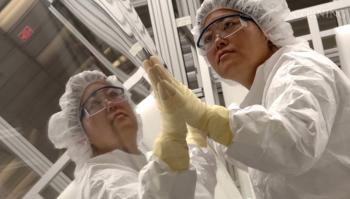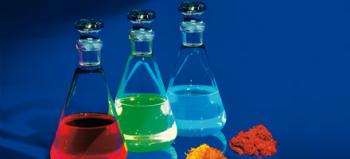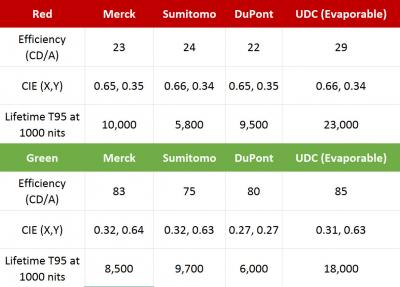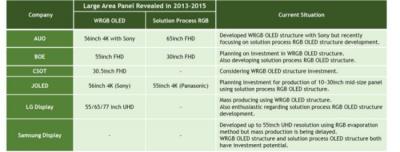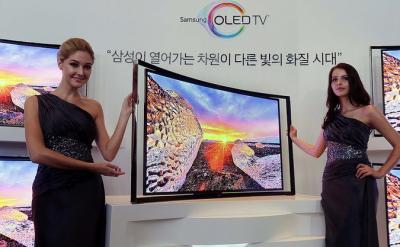The EU launches a €4 million project to develop efficient hyperfluorescence TADF OLED emitters
The EU launched a new project called HyperOLED with an aim to develop materials and matching device architectures for high-performance, hyperfluorescence TADF OLED emitters. HyperOLED is coordinated by Merck, and the project partners include MicroOLED and the Fraunhofer IOF institute. This three years project received a €4 million grant from the EU.
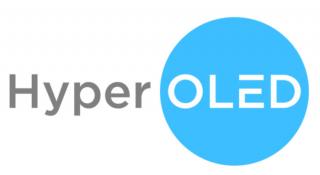
These OLED emitters will be realized by combining TADF molecular hosts with novel shielded fluorescence emitters, targeting saturated blue emission of very high efficiency at high brightness. The project will also achieve efficiency gains through molecular alignment to enhance light outcoupling.


